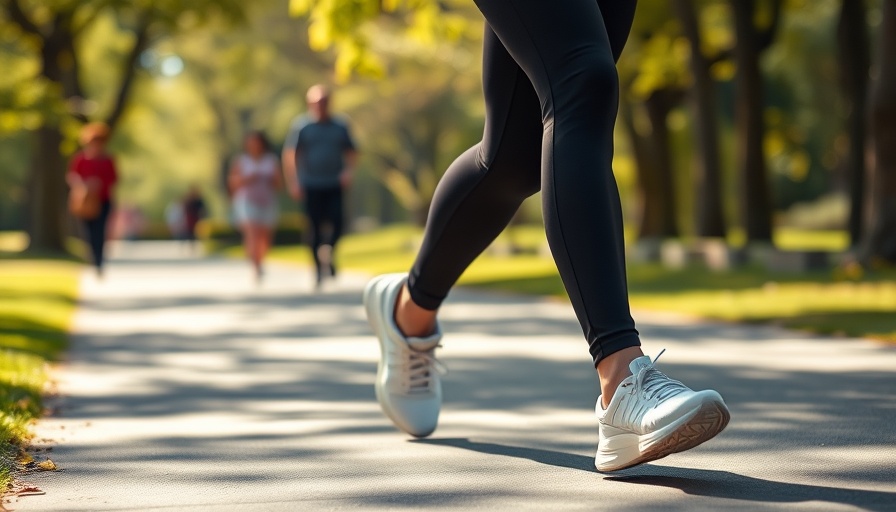
Roshni Devi: A Fitness Inspiration at 70
At the remarkable age of 70, Roshni Devi, affectionately dubbed 'Weightlifter Mummy', challenges conventional perceptions of aging with her dynamic fitness journey. Starting her weightlifting career at 68, Roshni has defied expectations by adopting a wholesome vegetarian diet rooted in protein-rich choices, without leaning on supplements. This resounding shift in her lifestyle is not just transformational for her body; it sparks hope and motivation for countless others who view aging as a time to slow down.
The Power Of A Protein-Packed Vegetarian Diet
In a recent discussion with Indian YouTuber and podcaster Ranveer Allahbadia, Roshni shared details about her carefully curated vegetarian diet, designed to sustain her energy levels and fuel her weightlifting routine. Her mornings begin with a nutrient-dense power drink made from oats, almonds, and raisins, delivering vital energy without artificially enhancing her intake.
Lunch showcases a well-balanced plate featuring rice, lentils (dal), fresh salad, and curd—and it's all made with simple, easily accessible ingredients. Many individuals mistakenly associate high protein needs with complex diets or meat-heavy meals, but Roshni proves simplicity can lead to effectiveness. Her evening meal often consists of moong dal chilla, a savory snack made with soaked moong dal, cottage cheese, and spices, exemplifying that healthy eating can also be appetizing. A glass of milk closes out her daily routine, rounding off her protein intake beautifully.
Why Start Weightlifting at 68?
Roshni’s journey into weightlifting was not one steeped in long preparation but born out of necessity when faced with arthritis and the accompanying pain in her knees and back. As her physical activity dwindled, her son motivated her to embrace a regimen of weights and exercise to overcome the debilitating symptoms of her condition. “I used to feel tired just sitting and working,” she remarked, reflecting on how her life has drastically changed in just two years of loyal training.
Her approach is clear: an effective workout doesn’t require hours in the gym. “Just 30 minutes a day can make a big difference,” she encourages, positioning herself as an advocate for seniors everywhere, proving that lifting weights in later life is both safe and beneficial!
Safeguarding Wellness: Is Weight Training Safe for Seniors?
The question remains— is weight training a safe option for older adults? Many potential exercisers hesitate due to fears of injury, but with proper guidance and a tailored approach, seniors can reap immense rewards from strength training. Studies show that resistance training not only enhances muscle strength but is also linked to improved balance and functional independence, enabling seniors to carry out daily tasks with greater ease.
Moreover, those with chronic conditions such as Roshni’s arthritis have found that weightlifting can serve as a therapeutic outlet, easing pain and improving joint function over time. As Roshni proves, age is just a number. What matters is one’s mindset and willingness to embrace wellness.
Closing Thoughts: Fueling the Future of Fitness
Roshni Devi’s powerful story is a reminder that it’s never too late to make impactful lifestyle changes. Whether you are navigating the challenges of aging or simply seeking to enhance your fitness, her journey emphasizes the importance of both diet and exercise in achieving overall health and vitality.
So as you ponder your own fitness goals, consider how you can integrate Roshni's principles into your routine. Embrace simplicity, focus on plant-based nutrition, and discover the benefits of strength training—you might just redefine your own aging journey.
**Take your first step towards a healthier lifestyle today! Explore local fitness classes, discover plant-based recipes, or embark on a 30-minute daily workout challenge. Let's embrace our strength together!**
 Add Row
Add Row  Add
Add 




Write A Comment